SUCKER PUNCH. Science fiction, steampunk, fantasy actioner
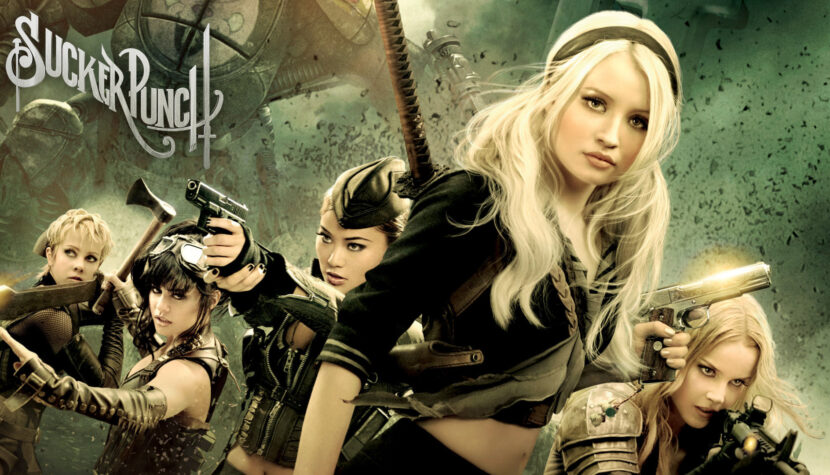
Sucker Punch has been accompanied by significant interest and even greater expectations from the very beginning. It couldn’t be otherwise, as this film was supposed to be Zack Snyder’s authorial, uncompromising vision, the man who gave us one very good and one brilliant comic book adaptation in a spectacular and eccentric style. With the release of the first trailers, I became quite concerned. The exaggerated action scenes in a video game style were impressive, but I didn’t feel any emphasis on the substantive side. The closer the premiere got, the more my hope for intriguing entertainment faded, and ultimately, I knew that I was in for just a spectacular rampage. Okay, I thought. In the excellent 300, Zack proved that despite clichés and flat dialogues, by enclosing everything in the right convention, he could provide fantastic entertainment filled with testosterone and coolness. This time, he failed.
Sucker Punch begins with a creatively executed scene (slow-motion on steroids) in which the main protagonist, a 20-year-old girl, is forced to defend herself and her younger sister against the advances of their disgusting stepfather, who is after the inheritance left by their mother, who died a few days ago. The young woman fails to save her sister, and to make matters worse, she is framed by her stepfather for the murder of the girl. Subsequently, she is placed in a suspicious psychiatric facility for women, where she is scheduled for a lobotomy in five days. Baby Doll (her nickname) and four other girls are supposed to be the main attraction of the place, transformed into a den of vice and enslavement by Blue Jones (Oscar Isaac). They entertain wealthy clients by presenting sensual, erotic dances. Baby Doll has no intention of waiting for the High Roller to perform the procedure on her; she plans to escape from the hospital with her newly made friends. According to the plan, she will need five items: a map, a lighter, a knife, a key, and one more thing.
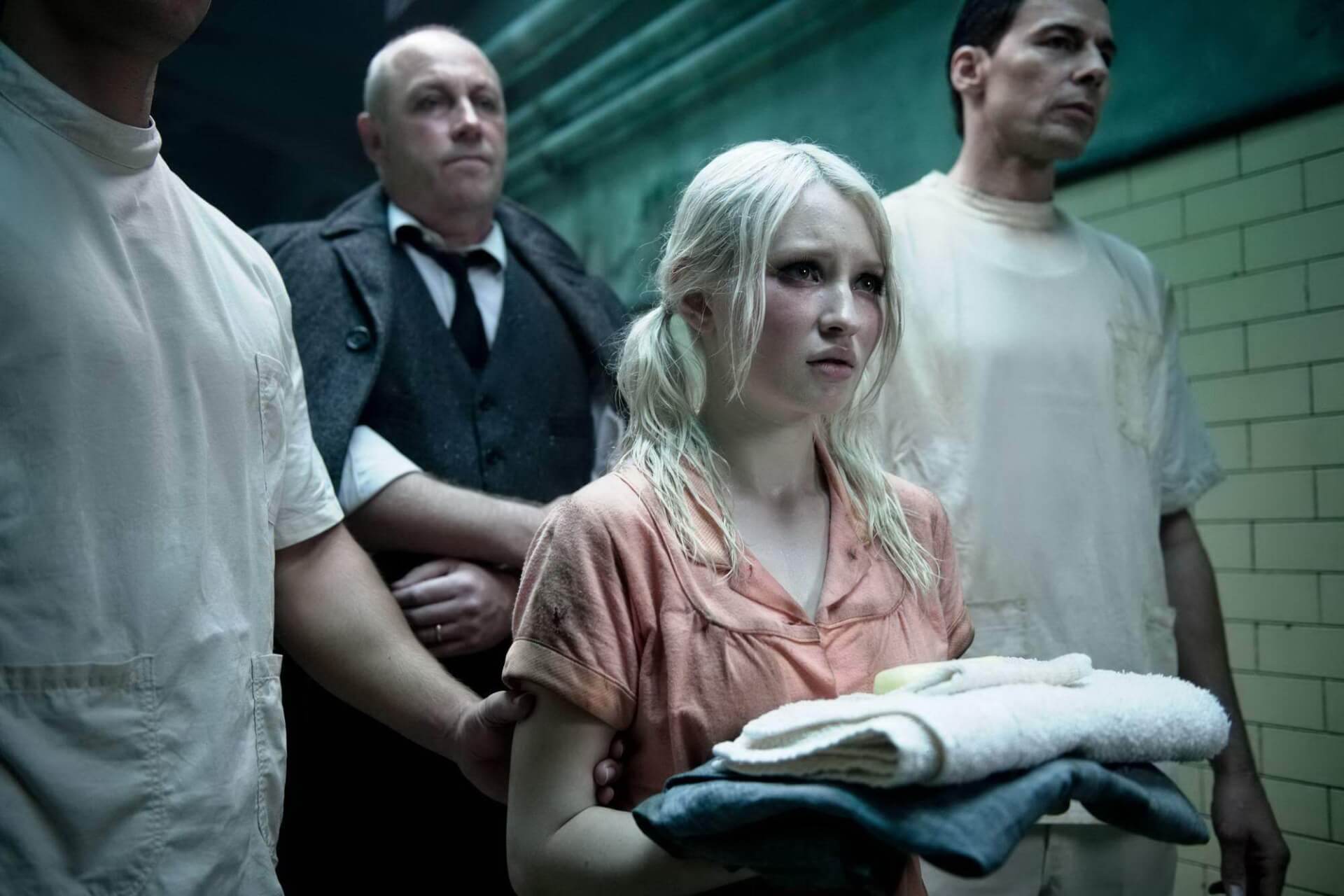
Sucker Punch disappoints on almost every level. But let’s go step by step. The construction of Snyder’s new film is as crude as a group of “gentlemen abusing alcohol” under the grocery store. This story has a message that would impress only the Sesame Street audience. What’s worse, it is conveyed through two monologues by one of the heroines at the beginning and end of the film. Moreover, it is hammered into our heads with the grace of a drunken gravedigger. Someone might say that I’m nitpicking because, since this is an action film, why do we need depth? “It’s supposed to be action and atmosphere,” as my friend says. So, let’s assume I agree with that and follow this path further. The action scenes that the film is based on occur four times. Each time, they follow the same pattern. Our Baby, who has an extraordinary talent for seductive dances, charms the audience, while one of the girls has the task of stealing one of the items I mentioned earlier during this time. This happens in real-time, but we don’t watch the tiny Doll’s dance; instead, we follow her “experiences” in an alternative reality, to which the other four women also have access. And what is the funniest part of all this? Actually, all these fantastic sequences don’t have much justification in the script. We might as well be watching an interesting choreographed dance by the girl at this point, not a digital mayhem. In a film where these scenes are supposed to be the main attraction? Exactly, that’s the paradox.
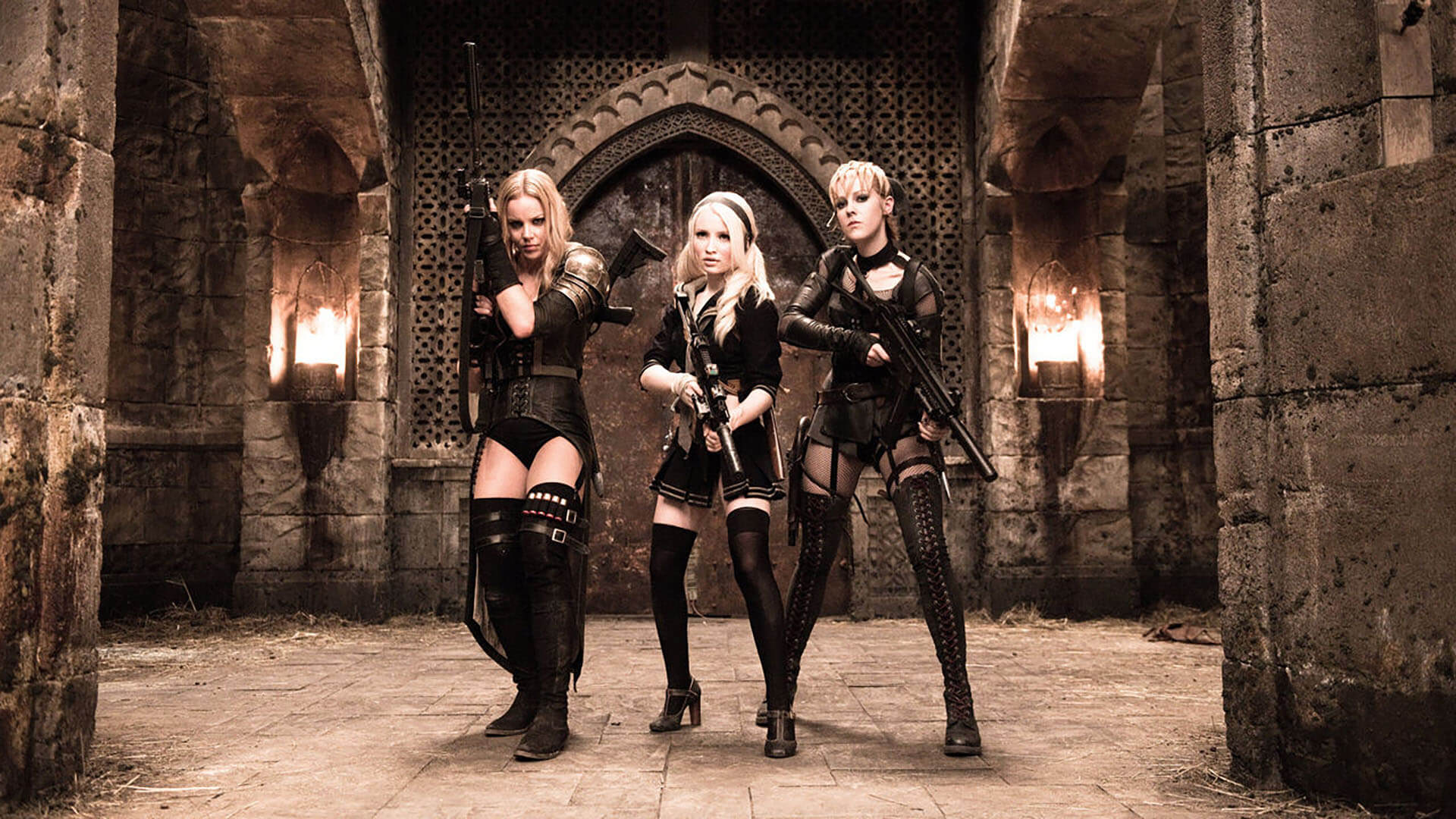
I think it won’t be a big spoiler if I outline the realities of each of the worlds we will explore with the heroines of Sucker Punch. In the first one, we see Baby Doll herself, who will face four-meter high-tech samurais in a Japanese temple. Then we visit a Paris destroyed by the Nazis, where the heroines have to take over the enemy’s plans. There are also battles with an army of orcs and a giant dragon (actually, a dragoness) in a dark-fantasy setting, as well as mayhem in a futuristic future full of aggressive droids (that’s my name for these guys). Regarding these sequences, my feelings are very mixed. Actually, there are two problems. The first, absolutely fundamental one. Since the dramatic layer in the real world is messed up, the struggles of the protagonists don’t engage emotionally at all. All these crazy, in terms of execution, design, and atmosphere, images don’t concern us much, making the whole thing look more like a high-budget music video than a full-fledged narrative film (after all, the technical level here is fantastic). Finally, we come to the second problem, which is the gaming style. Personally, I’m a fan of this young medium, and I have nothing against such solutions in cinema, but here it’s clear that they overdid it, mainly in the episodes with the Nazis and the droids. For ninety percent of the duration of these scenes, scantily clad girls fight with identical enemies, called colloquially “distractions,” using melee and ranged weapons. Although the Paris subplot is saved by a kind of sub-boss at the end, the overall impression is that, apart from the clever use of slow-motion, the creators ran out of ideas for fight sequences. Fortunately, this doesn’t apply to the confrontation with the samurais and the dragon – here, the staging grandeur, fast pace, and diverse opponents are impressive – both of these storylines are Sucker Punch ‘s strongest points.
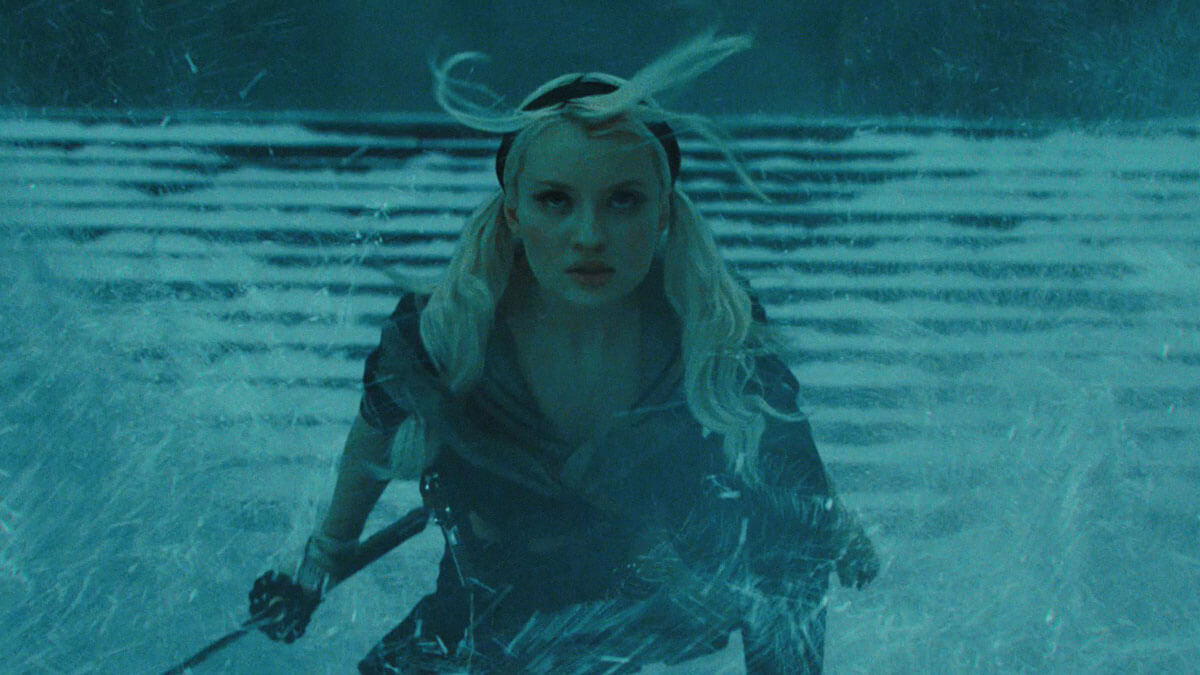
Characters of Sucker Punch are walking clichés; everyone has stamps on their foreheads from which, in the first scene, we can read how each will behave until the end of the film. The reserved, modest but the smartest heroine – she’s there; the good-natured friend who is ready to go to hell in the name of friendship – she’s there; the inaccessible tough girl who will turn out to be okay in her own time – of course. The main antagonist looks the weakest in this lineup and doesn’t impress at all. However, this is not the fault of the actor himself, as Oscar Isaac is a very solid artist. Still, here, with excessive expressiveness and painted eyes, he can’t carry this bag of stones that the screenwriters tied around his neck. Carla Gugino moves in the background, portraying a Polish dance choreographer convincingly enough. The young actresses who played the five enticing dancers perform quite adequately; it’s true that it wasn’t a significant challenge.
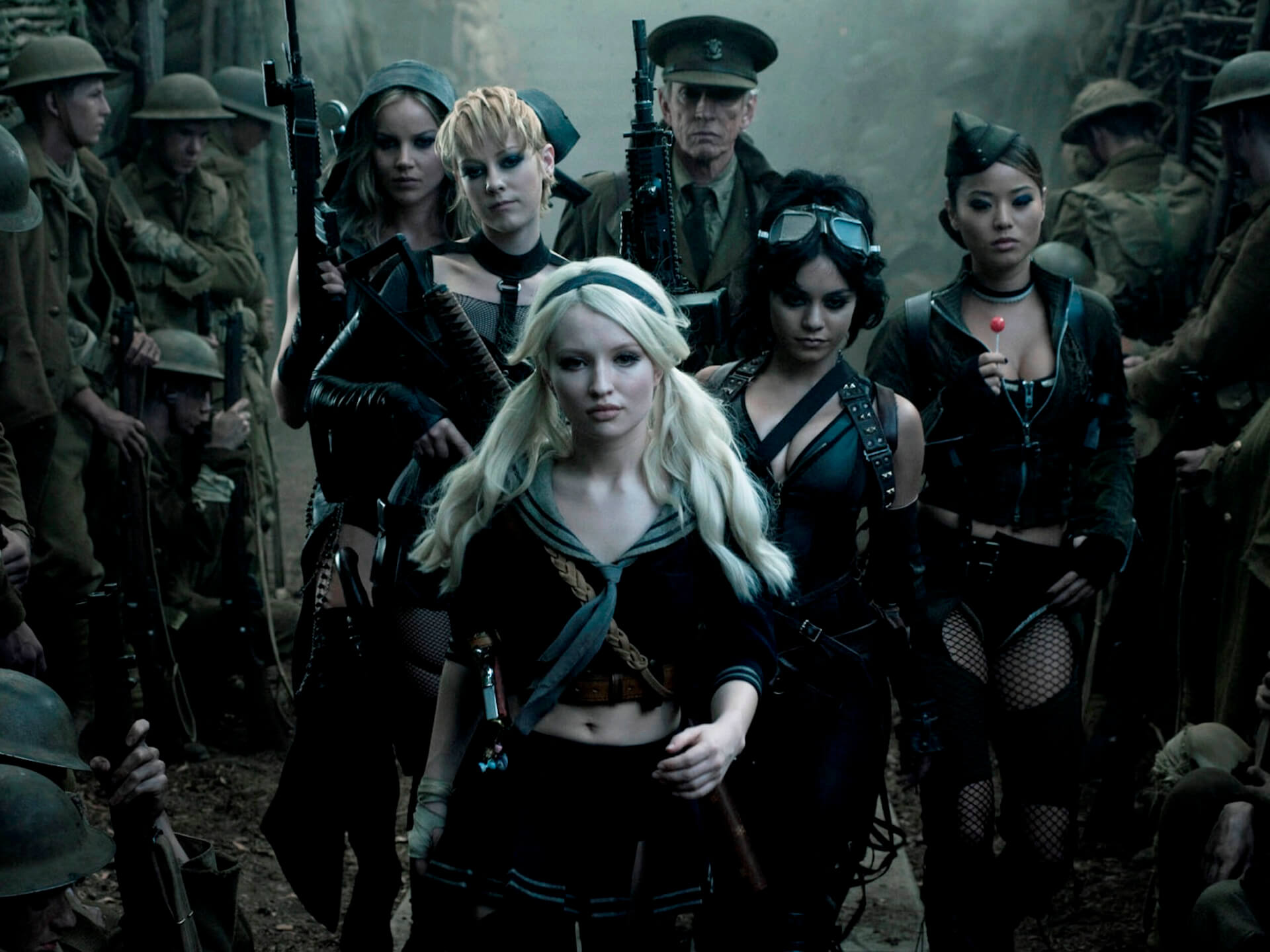
Cinema from Zack Snyder’s hands is characterized by several distinctive techniques in terms of realization, and Sucker Punch is no exception. Slow-motion to the nth degree, “comic book” delights, deliberate exaggerations, frequent close-ups, and a camera fetishizing the faces of most characters. Special effects are top-notch in this field; this time, they decided to combine shots with ready-made sets with shots on blue screens, which, of course, dominate. This doesn’t make you feel that everything is enclosed in a studio (such an impression could be gained from 300), and the word “epic,” popular for this type of cinema, fits here perfectly. It’s a shame that the fates of the girls in these fantastic settings either don’t engage or lack some creativity for some. However, I have no right to criticize the sound design. Tyler Bates’s soundtrack, Snyder’s resident composer, once again proves that this duo practically understands each other without words, resulting in another fantastic musical illustration. I have the impression, though, that it is not as prominently featured as it was in 300 and Watchmen, but maybe it’s just my illusion heightened by characteristic sound effects.
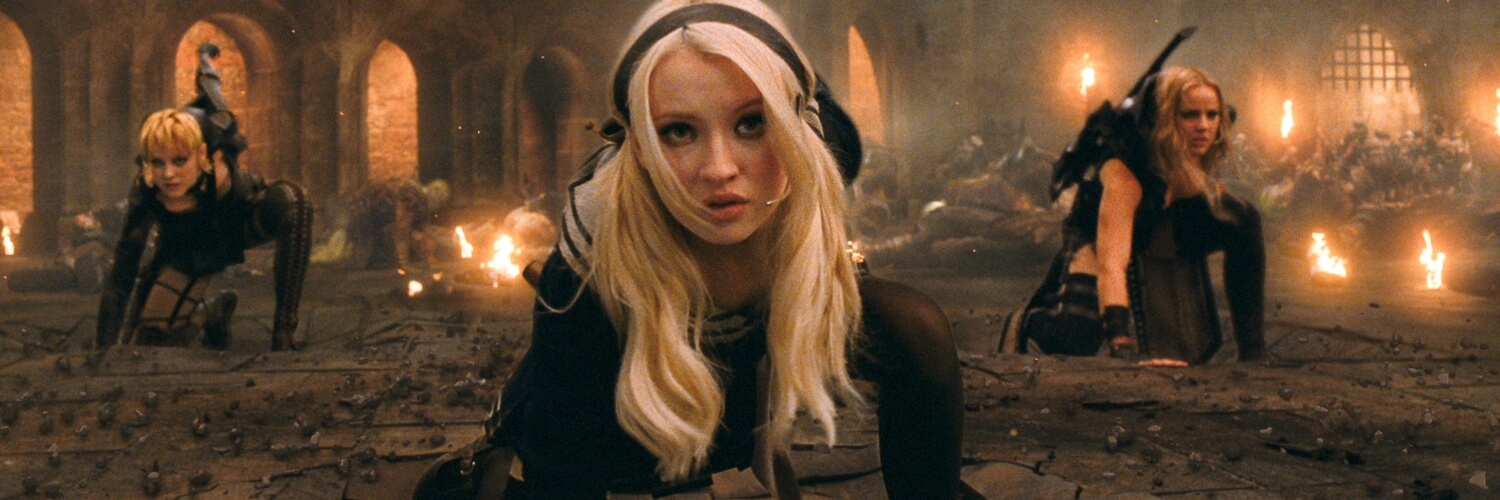
I approached Sucker Punch in an “evolutionary” way. At first, I expected a visually crazy thriller. Then I revised my expectations to a not-stupid action movie, and a few days before the screening – just to an action movie. My disappointment is all the greater because even with such a tolerant approach to Snyder’s child, the film is relentlessly disappointing. Did it expose all the weak points of the young director/screenwriter who has so far relied on ideas written (and drawn) earlier? I would refrain from giving the final verdict for now. What will I remember most from the cinema visit? The fight between Baby Doll and the dragon, a lovely cashier, and a broken urinal in the cinema toilet. Which doesn’t speak well for the film.
Words by Michal Wlodarczyk

